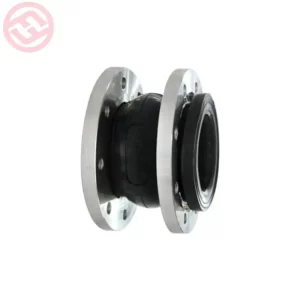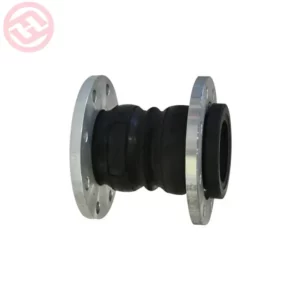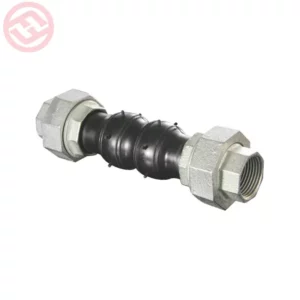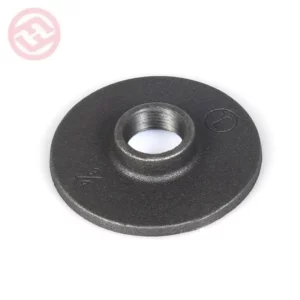Rubber Joint
Rubber joints are flexible pipe connectors that join two pipes while accommodating movement and absorbing shocks. They typically have an elastomeric material placed between two metal flanges anchoring them to each pipe end.
The rubber material allows the joint to bend and flex, absorbing shocks and vibrations from the pipes. Meanwhile, the metal flanges securely clamp the joint to the pipes. This design balances flexibility with a sturdy connection.
Referring To Various Pipe Systems By Rubber Joint
Rubber joints come in various shapes and sizes to serve different industrial applications. Meanwhile, rubber joints find wide application in various piping systems where vibrations need to be dampened. They are commonly used to connect:
• Water pipes – To join copper, steel, or plastic water lines within buildings and absorb vibrations from water hammers and pumps.
• Sewer pipes – To accommodate expansion, contraction, and small movements in wastewater drain lines and sewage systems.
• HVAC ducts – To provide flexibility and isolation when joining sections of air conditioning and heating vents and ductwork.
Common Types Of Rubber Joints
Flexibility and resilience allow them to absorb vibrations, compensate for misalignments, and accommodate expansions and contractions. Normally, they are divided into single sphere, double sphere, triple sphere, elbow sphere according to the structure. Let’s explore some common types of rubber joints below:
Flexible rubber joint single sphere
A flexible rubber joint single sphere consists of a single curved rubber end connected to a metal flange. These rubber joints feature a single spherical end made from vulcanized rubber that provides flexibility and vibration dampening.
Flexible rubber joint twin sphere
Another option is the flexible rubber joint double sphere, which has two spherical ends made of vulcanized rubber. Similar to the twin sphere rubber joint, it uses two curved rubber ends to provide multi-directional flexibility and universal movement capabilities.
What Difference Between Pipe Compensator Hose And Rubber Joint?
• Design – Rubber joints typically consist of a rubber section sandwiched between two metal flanges that connect to the pipes. Pipe compensator hoses have a continuous flexible hose with end fittings.
• Movement – Rubber joints mainly accommodate angular misalignments, while compensator hoses handle longitudinal movements, vibrations and thermal expansions to a greater degree.
• End connections – Rubber joints typically have flanged or threaded ends that connect directly to the pipes. Compensator hoses have end fittings that connect to the pipes, providing a bit more installation flexibility.
Specification Of Popular Rubber Joints Products We Recommended
Fluid Tech Group is the first export company in northern China specializing in fire protection systems, water systems, plumbing systems, gas systems, HVAC systems and other pipe fittings. Meanwhile, we have exported rubber joints products in bulk per year as popular products. If you may consider to purchase related rubber joints, please check below:
Flexible Rubber Joint Single Sphere
Flexible Rubber Joint Double Sphere
Flexible Rubber Joint Union Double




